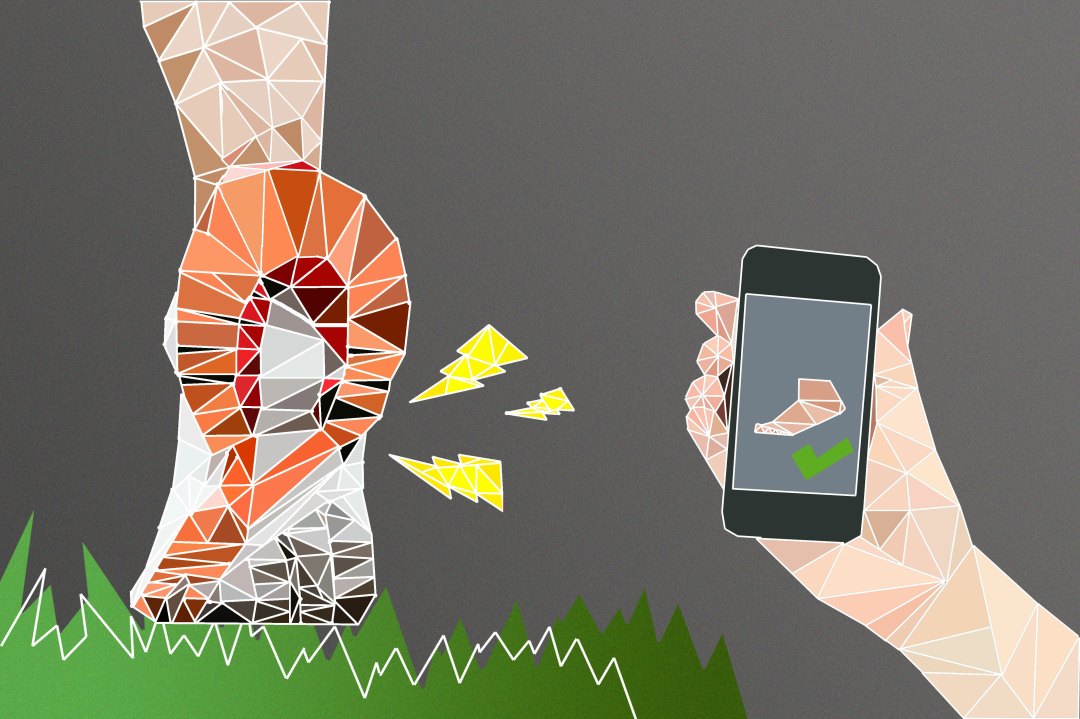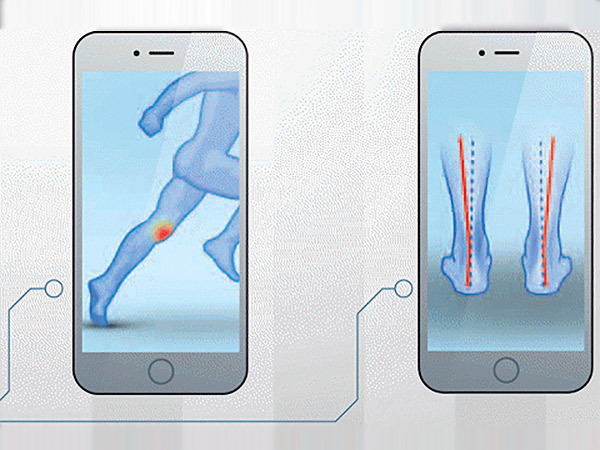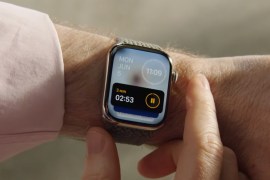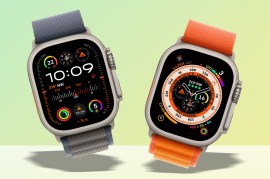These smart insoles want to learn everything about your feet
The Internet Of Things just got sole

Who decided that wrists and pockets should enjoy all the wearable smart-tech action? Not HCi Viocare, that’s for sure: the UK-based bio-engineering firm is throwing open the doors to the Internet of Things and allowing your trusty two-shoes to stride on in. That’s right: your feet shall soon be smart.
For once, we’re not talking about glorified pedometers. Oh no. The Smart Insole, which HCi are looking to commercialise this year, offers much more.
Fitting inside a standard shoe or running trainer, it uses a network of tiny electric sensors to measure and send data to a smart device or phone, both in real time and for later analysis. Thankfully, there’s no electronic nose built-in.
SOCK IT TO THE MASSES
Who’d want a Smart Insole? Well, we’ve already seen a pair of smart socks for runners at CES 2015, and Glasgow-based HCi Viocare’s Chief Technology Officer sees the Smart Insole as part of "a portfolio of game-changing and even life-changing products that will take wearable tech to the next level of detail and sophistication".
The company is targeting two key markets: healthcare and sports. It’s able to monitor the stresses and strains on your feet, and unless you’re planning on suing the office for those new standing desks, or take shoe upgrades very seriously, the best applications of the Smart Insole are likely to be for athletes looking to imporve performance, or hospital patients in recovery.
Expected to retail at under £200, like the Volkswagen of digitally-conntected foot-cushions, they’re not far off being wearables for the masses. At that price, the Smart Insoles could represent a worthwhile investment: they might just prevent the niggling injuries that 56% of recreational runners suffer every year (according to the HCi press release), and save on all the physio bills which come after.
FOOT-URE TECH

How do its makers reckon the Smart Insole can change the world? Apparently its unique functionality can measure pressure exerted and shear across the sole, as well as determining weight, balance, calories burned and distance travelled, all of which can be used to suggest more appropriate footwear and supportive insolves.
For runners, this could mean reduced knee strain and fewer blisters, whilst improving performance. For diabetics, it may well mean an end to foot ulcers which might otherwise lead to amputation (which costs the NHS some £600m per year in mostly preventable operations).
So, ye of little faith, scoff no more at the Smart Insole. It might not vibrate when you get a text or let you upload snaps to Toestagram, but it’s smarter than your average foot doctor, and may just change the world.
[Main illustration: Chris Rowlands]
Read more › Stuff’s top 10 wearable tech



